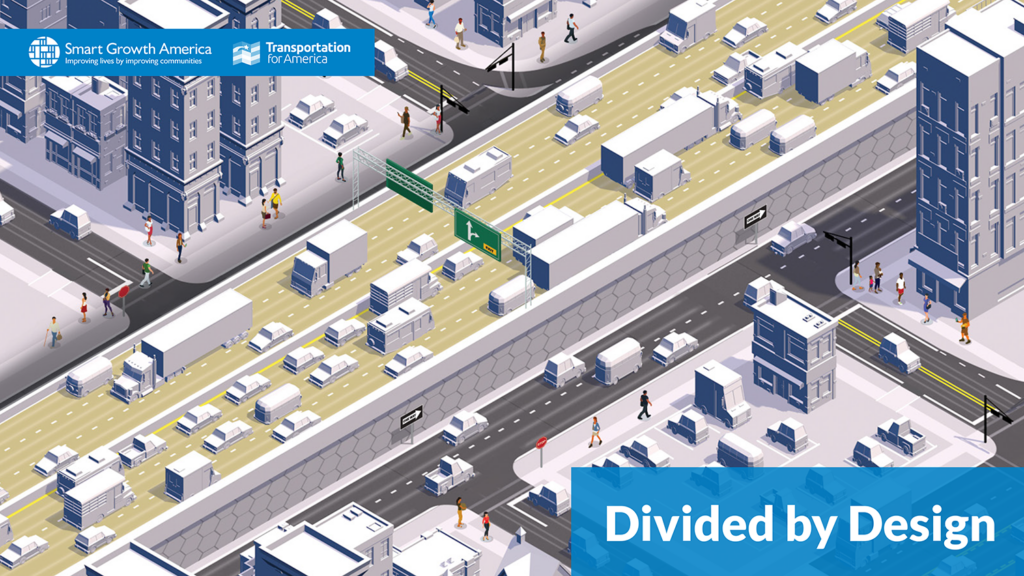
New policy paper: Transportation in small towns and rural regions
 |
| Check out the sixth in our ongoing series of policy briefs. These policy briefs are short, four-page, concise summaries of an issue with interesting facts and some clear recommendations for improvement through the federal transportation bill. Download this Brief (pdf) |
Smaller towns and rural communities face a different set of issues than urban or suburban America, and we need a transportation program that recognizes those differences, provides access for all people, and helps them succeed economically.
In our webinar two weeks ago, we talked about transportation challenges and solutions in smaller towns and rural areas, and we encourage you to download the accompanying policy brief on Transportation, Small Towns and Rural Communities.
As the policy brief makes clear, our current transportation program leaves rural communities stranded.
Providing access to jobs and the economy is critical for these rural areas and smaller towns. Unfortunately, since many of the decisions about how to invest in transportation are made at the state and federal level, local residents often have little say over how their transportation dollars are spent.
The 56 million residents of rural areas and small towns – about 20 percent of the population of the United States – often fall through the cracks of federal transportation policy.
These towns have higher concentrations of elderly and low-income citizens, who face unique challenges in accessing their jobs, school or civic life. In addition, children in rural areas are 25 percent more likely to be overweight or obese than those in urban areas and face unique barriers to being active and maintaining a healthy weight.
Consider five short facts from this brief:
|
Rural transportation connects people to jobs, health care, and family and contributes to regional economic growth by linking businesses to customers, goods to markets, and tourists to destinations. Research has shown that rural and small metropolitan transit services offer measurable economic benefits. In one study, rural counties with transit service were found to have 11 percent greater average net earnings growth over counties without transit, and the estimated annual impact of rural public transportation on the national economy was over $1.2 billion.
Bottom line? Our nation’s transportation infrastructure should provide access for all Americans, regardless of their geographic location, age, income, or disability status. We need to care for our existing transportation network, while ensuring that we build a 21st century system that will allow residents of rural communities, small cities, and small towns to thrive.
Check out the webinars page to listen to or watch a recording of our recent session on this topic.



